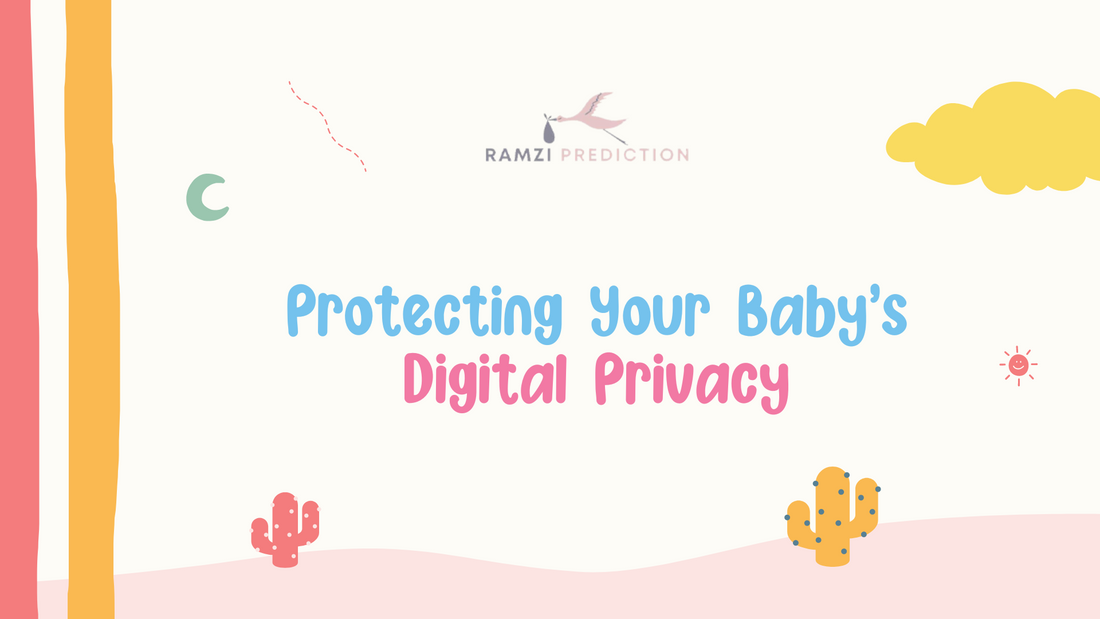
Protecting Your Baby's Digital Privacy
A History of Baby Gender Prediction Methods Protecting Your Baby's Digital Privacy: Practical Tips for a Safe and Secure Online Experience

Protecting Your Baby's Digital Privacy
In today's digital age, children are growing up surrounded by technology. While this can have many benefits, such as improved access to information and communication with loved ones, it also poses significant risks to their privacy and security.
As a parent, it is your responsibility to protect your child's digital privacy and ensure they have a safe and secure online experience. In this article, we'll provide some practical tips for protecting your baby's digital privacy.
Related: Buy now Ramzi or Nub reveal gender
Limit social media exposure:
While it may be tempting to share every detail of your baby's life on social media, doing so can put their privacy at risk.
Be mindful of what you share and who can see it, and consider setting up a private group for family and close friends.
Related: New Baby Checklist! Essential Things for the Baby at Home
Use privacy settings
Most social media platforms, as well as many apps and devices, have privacy settings that allow you to control who can see your child's information and activity.
Take the time to review these settings and adjust them as needed to protect your child's privacy.
Be mindful of online photos
When sharing photos of your child online, be aware that these photos can be easily downloaded and shared by others.
Consider using a watermark or privacy filter to protect your child's identity, and avoid posting photos of your child in compromising situations.
Related: Bonding with your newborn: Activities for new mums
Keep personal information private
Avoid sharing your child's full name, date of birth, or other identifying information online.
This information can be used to steal your child's identity or compromise their safety.
Teach your child about online safety
As your child grows older, it's important to teach them about online safety and how to protect their privacy.
Teach them to be careful about sharing personal information online and to be aware of the risks associated with social media and other online activities.
Use secure devices and networks
Make sure your devices and networks are secure by using strong passwords, keeping software up to date, and using encryption and other security features.
Be wary of public Wi-Fi networks, as these can be easily compromised by hackers.
Related: Boy or Girl?
Monitor your child's online activity
Finally, it's important to monitor your child's online activity and be aware of what they are doing online.
Consider using parental controls and monitoring software to keep track of their activity and ensure they are safe and secure.
Protecting your child's digital privacy is an ongoing process that requires vigilance and attention to detail.
By following these tips and staying informed about the latest threats and best practices, you can help ensure your child has a safe and secure online experience.
Remember, as a parent, you are your child's first line of defense, so take the time to educate yourself and your child about online safety and privacy.
Related: Buy now Ramzi or Nub reveal gender
